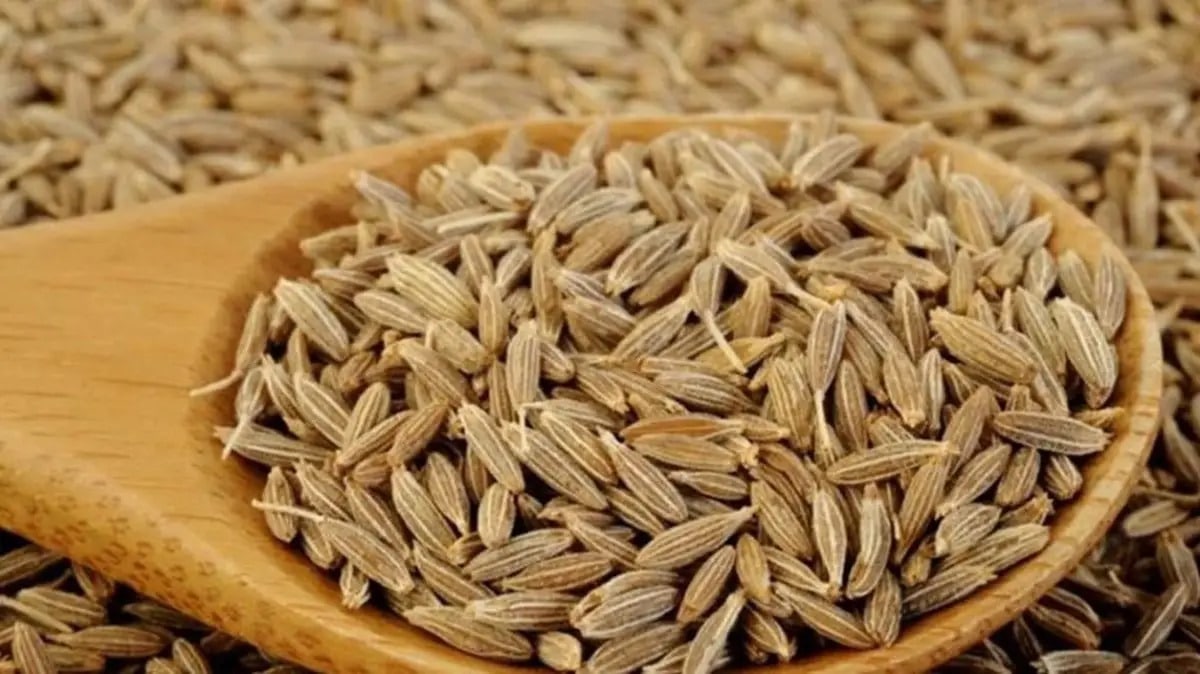About Jeera (Cumin) cultivation
- It is an aromatic seed that adds an extra punch of taste to Indian dishes.
- It is believed that Jeera is native to the Mediterranean region and it was well known in Ancient Egypt as well as in Greece and Rome.
- Its oil is reported to have antibacterial activity and is also used in veterinary medicines and various other industries.
- Climatic condition required
- It grows well in both tropical and sub-tropical climates and it comes up well in all types of soils, but well-drained sandy loam soils are best suited.
- It is an extremely weather-sensitive crop.
- It requires a moderately cool and dry climate without any humidity.
- It is a Rabi crop and is cultivated mainly in Gujarat and Rajasthan.
- It is sown from October to November and harvested in February and March.
Major producers of Jeera
- India accounts for some 70% of the world’s production of this seed spice.
- Other countries such as Syria, Turkey, UAE and Iran make up the balance 30%.
Q1) What is the Kharif crop?
Kharif crop refers to the agricultural crops that are sown and harvested during the monsoon season in India. The Kharif season typically starts with the onset of the southwest monsoon in June and lasts until September or October, varying slightly depending on the region.
Source: Why jeera prices are shooting up in wholesale markets
Last updated on June, 2025
→ UPSC Notification 2025 was released on 22nd January 2025.
→ UPSC Prelims Result 2025 is out now for the CSE held on 25 May 2025.
→ UPSC Prelims Question Paper 2025 and Unofficial Prelims Answer Key 2025 are available now.
→ UPSC Calendar 2026 is released on 15th May, 2025.
→ The UPSC Vacancy 2025 were released 1129, out of which 979 were for UPSC CSE and remaining 150 are for UPSC IFoS.
→ UPSC Mains 2025 will be conducted on 22nd August 2025.
→ UPSC Prelims 2026 will be conducted on 24th May, 2026 & UPSC Mains 2026 will be conducted on 21st August 2026.
→ The UPSC Selection Process is of 3 stages-Prelims, Mains and Interview.
→ UPSC Result 2024 is released with latest UPSC Marksheet 2024. Check Now!
→ UPSC Toppers List 2024 is released now. Shakti Dubey is UPSC AIR 1 2024 Topper.
→ Also check Best IAS Coaching in Delhi






















